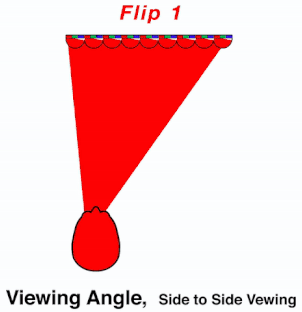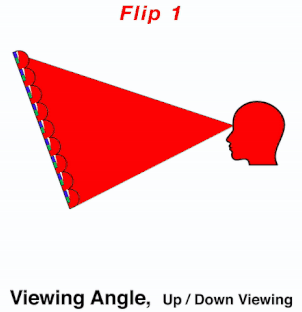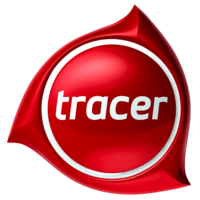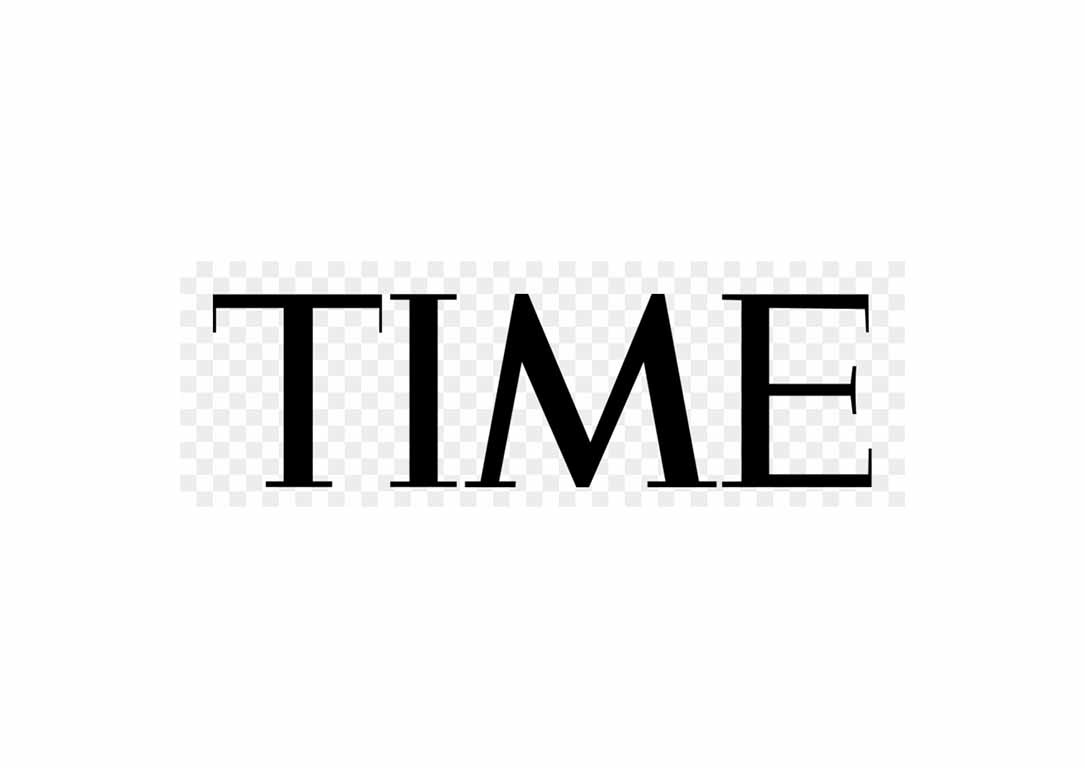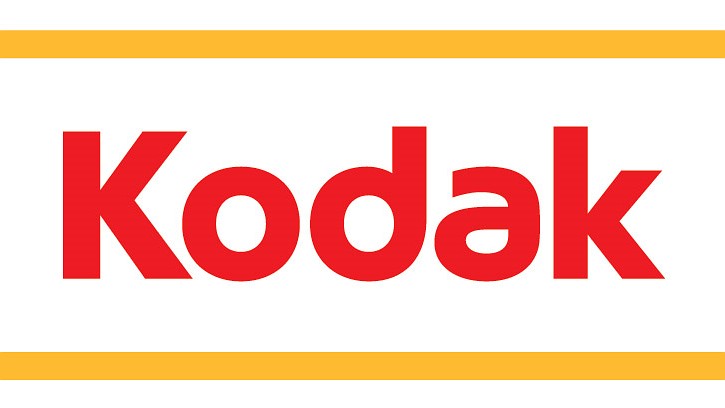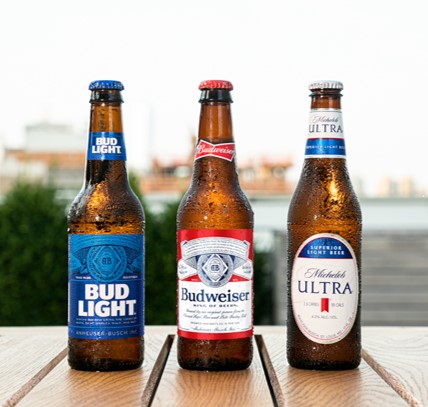What Is Lenticular Printing?
How does lenticular printing work?
Lenticular printing is achieved by printing on a clear plastic sheet, or "lens", comprised of tiny ridges and grooves on the viewing side and a very smooth finish on the print side. The ridges, or lenticules, are engineered with a viewing angle and lens radius so that when a printed image is viewed through the lens it creates the illusion of depth or motion. The radius of the lens allows your eyes to focus on different views of the image on the print surface.

Fig.1 Lenticular Lens: Lenticules on front facing viewer's eyes & Smooth backside to print on
The lenticular effect is created by digitally interlacing the images to match the geometry of the lens being printed on. Interlacing can best be described as thin strips of each image or view, repeating across the entire lenticular image, that when printed on the back surface and viewed through the lens show you depth or motion.
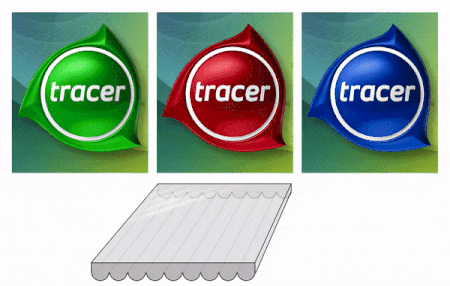
Fig.2 Three images interlaced together printed on smooth side of lens
Design Considerations
There are a couple of concepts about viewing the images through the lens that must be taken into consideration when designing your files for lenticular printing. The perception of depth is attained only when the lens is running vertical, or top to bottom. This is a result of "parallax", which is when our eyes focus on an image from two different angles, thereby seeing two different views of the image through the lens.
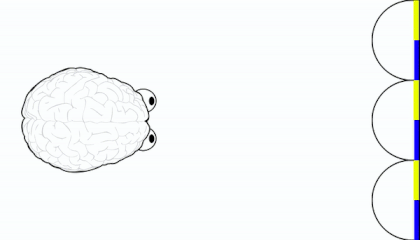
Fig. 3 Parallax Effect
An image showing motion such as a flip, zoom or morph, will show the best results when the lens is running horizontal, so the eyes are focusing on the same view of an image and will only see motion when the lens is rotated up and down. There are exceptions to this such as a stationary lenticular piece, which would only show motion as you walk past or if you choose to combine motion with the 3D effect.
